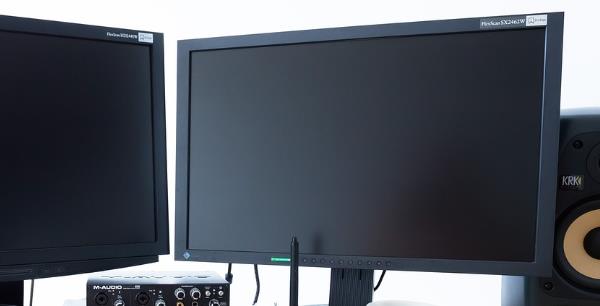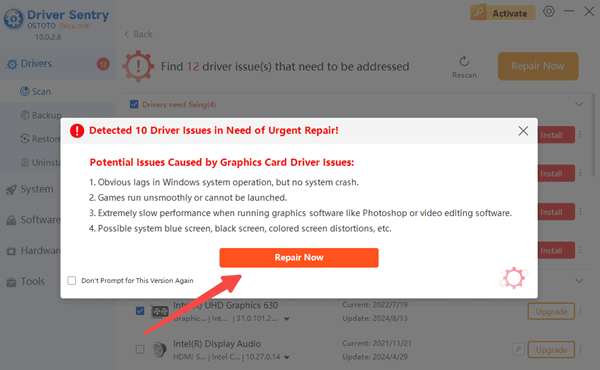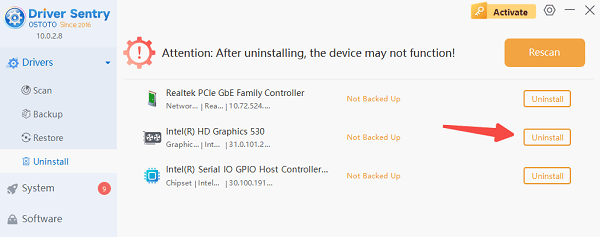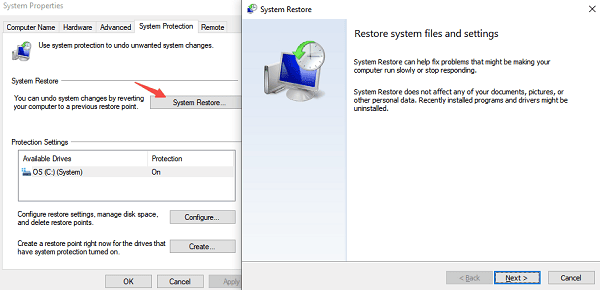
A black screen on your computer can be alarming and frustrating. It could be caused by various issues, ranging from hardware problems to software glitches. Here's a comprehensive guide to help you diagnose and resolve the problem.
Step 1: Check Power Supply
Ensure the Computer is On: Make sure your computer is powered on. Look for lights on the tower or laptop.
Check Power Connections: Ensure that all cables are securely connected. For laptops, verify that the power adapter is plugged in and the battery is charged.
Step 2: Inspect the Monitor
Check Monitor Connections: If you're using a desktop, ensure the monitor is properly connected to the computer. Try disconnecting and reconnecting the cable.
Test with Another Monitor: If possible, connect your computer to a different monitor to see if the issue persists. This helps determine if the problem is with the monitor itself.

Step 3: Restart Your Computer
Force Restart: Press and hold the power button until your computer turns off. Wait a few seconds, then turn it back on.
Boot in Safe Mode: If your computer boots but the screen is still black, try booting into Safe Mode.
Restart your computer and repeatedly press F8 (or Shift + F8 for some systems) during startup to access the boot menu, then select Safe Mode.
Step 4: Check for Hardware Issues
Inspect RAM and Graphics Card: If you're comfortable doing so, open your computer case (for desktops) and check if the RAM and graphics card are securely seated in their slots.
Listen for Beeping Sounds: If your computer emits a series of beeps on startup, it could indicate a hardware issue. Refer to your motherboard's manual for beep codes.
Step 5: Update or Reinstall Drivers
If you can boot into Safe Mode, update your graphics drivers.
Update Graphics Drivers: Download and update the latest version of Driver Sentry, then run a scan in the software. If it indicates that the graphics driver needs updating, click on Repair Now.

Reinstall Graphics Drivers: If the update doesn’t work, you can try going to the Uninstall section to uninstall the graphics driver, and then reinstall it.

Step 6: Check for Software Issues
Scan for Malware: A malware infection can cause system instability. Run a malware scan using reliable antivirus software.
System Restore: If the issue started recently, consider using System Restore to revert your system to a previous state when it was functioning correctly. Access this by searching for "System Restore" in the Start menu.

Step 7: Seek Professional Help
If none of the above steps resolve the issue, it may be time to consult a professional technician. They can provide a more thorough diagnosis and repair any underlying hardware issues.
A black screen can stem from various issues, but with systematic troubleshooting, you can often identify and resolve the problem. If you continue to face difficulties, don't hesitate to seek professional assistance to get your computer back in working order.
See also:
How to Fix Wireless Mouse Connection Failure
How to Fix Blue Screen After Windows 11 Update